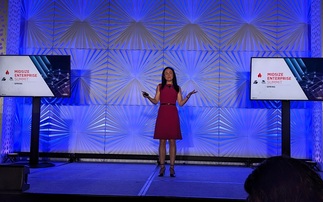An approach that has reduced costs and streamlined business at pharma company Pfizer
Much of the talk at the Forrester IT Forum EMEA has been around reducing the gap between IT and the business, and this was the theme of the first keynote session today. Chairman of the Board an...
To continue reading this article...
Join Computing
- Unlimited access to real-time news, analysis and opinion from the technology industry
- Receive important and breaking news in our daily newsletter
- Be the first to hear about our events and awards programmes
- Join live member only interviews with IT leaders at the ‘IT Lounge’; your chance to ask your burning tech questions and have them answered
- Access to the Computing Delta hub providing market intelligence and research
- Receive our members-only newsletter with exclusive opinion pieces from senior IT Leaders

















